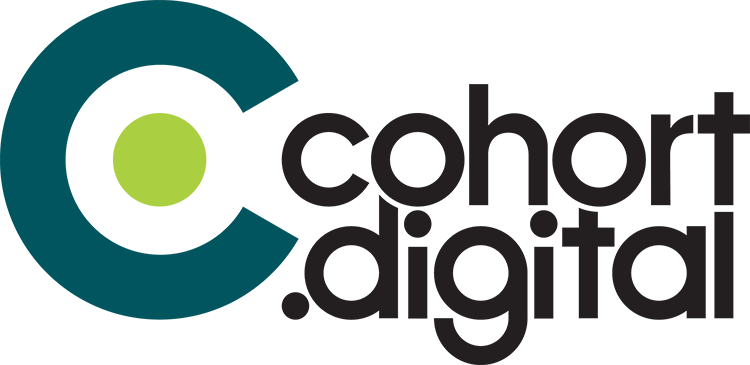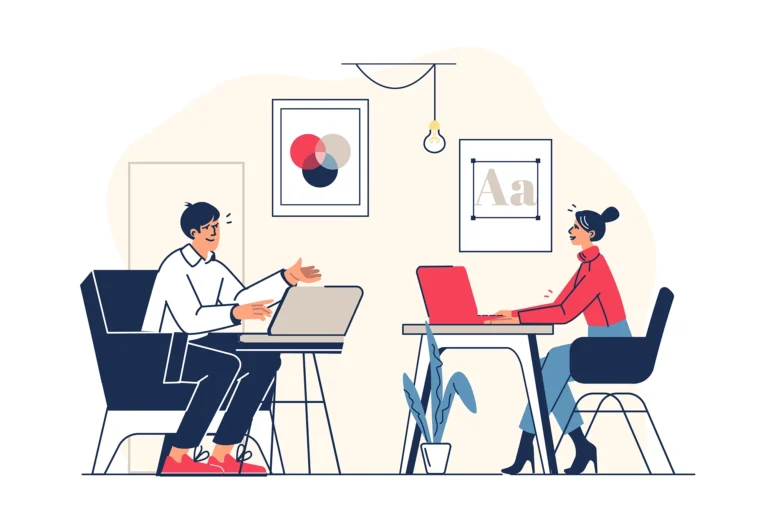Facebook Boosted Post Best Practices

When using Facebook for promotions, we’re sometimes asked whether it’s best to boost posts or run paid ads. The strategy that makes the most sense really depends on your goals. Paid ads will get you in front of people outside of your current network, can increase your reach and awareness, and when done right may convert prospects into new customers. By contrast, boosted posts are typically used to increase reach and awareness with your current followers. Essentially, boosted posts make sure people who already know you also know what you’re doing.
If the latter is your aim, boosted posts can be a valuable tool. Below, you’ll find 10 best practices to keep in mind when boosting posts on Facebook for maximum reach and effectiveness.
- set a clear goal
Having a goal for your boosted post campaign helps you measure performance. If the goal is achieved, your campaign is successful. If you fail to achieve your goal, you can then figure out what went wrong and make adjustments next time.
- choose the right post to boost
We recommend:
- A post with high engagement
- A post that is relevant to your goal
Note: If your goal is to send traffic to the website, boost a post that has already received clicks.
- use insights to choose the best targeting
- Look at the insights on your page
- Use demographic information of the people who have already liked your page
- Check Google Analytics to find out what time of day and day of week your landing page or relevant pages get the most traffic
- Use your email list to build a Custom Audience or Audiences, if possible
- You must have received approval at one point in time to have access to each individual’s email address
- Narrow your audience as much as possible
- For all audiences and audience segments, work on narrowing your parameters as much as possible. The more specific your posts are, the more relevant they’ll be to the people seeing them
- set your budget
- Choose a spend that will reach your audience at a frequency that will be effective
Note: this might be higher or lower depending on the goals of the campaign, Facebook suggests a 1-2 frequency per week
- choose the right time to boost
Decide on the best time for you by looking at your page insights and when you have historically seen a positive response. In addition, below are some guidelines pulled from Influencer Marketing Hub surrounding the best times to post:
- preview the post
Take the time to review the ad copy and creative. Make sure it’s free of errors, that all the links work, and all the visual elements look good. This is your last chance to make changes before it goes live.
- run no longer than one week
Even initially successful promoted posts tend to see a decline in results after one week of running. When your audience is narrow, the post will be shown to the same people multiple times. This can backfire. Your audience might get irritated by your ad if it runs for an extended period of time.
- monitor performance everyday
Pause and reevaluate the campaign if performance is low in any of the following areas:
- Frequency
- Link clicks
- Reach
- Impressions
- avoid auto boosting
Facebook offers an automatic feature to boost posts as part of a monthly advertising plan. This can lead to boosting posts that aren’t strategically important for your business. We recommend avoiding this offer and manually reviewing what makes sense to boost based on your goals rather than boosting every high performing post.
- experiment and test
Even if a boosted post fails, don’t panic. Learn from the mistakes. See what went wrong and fix it to make your boosted posts more successful in the future.
Hit us up if you have more questions about boosted posts or paid ads. As always:
Go forth. Go Digital.
-The cohort.crew



